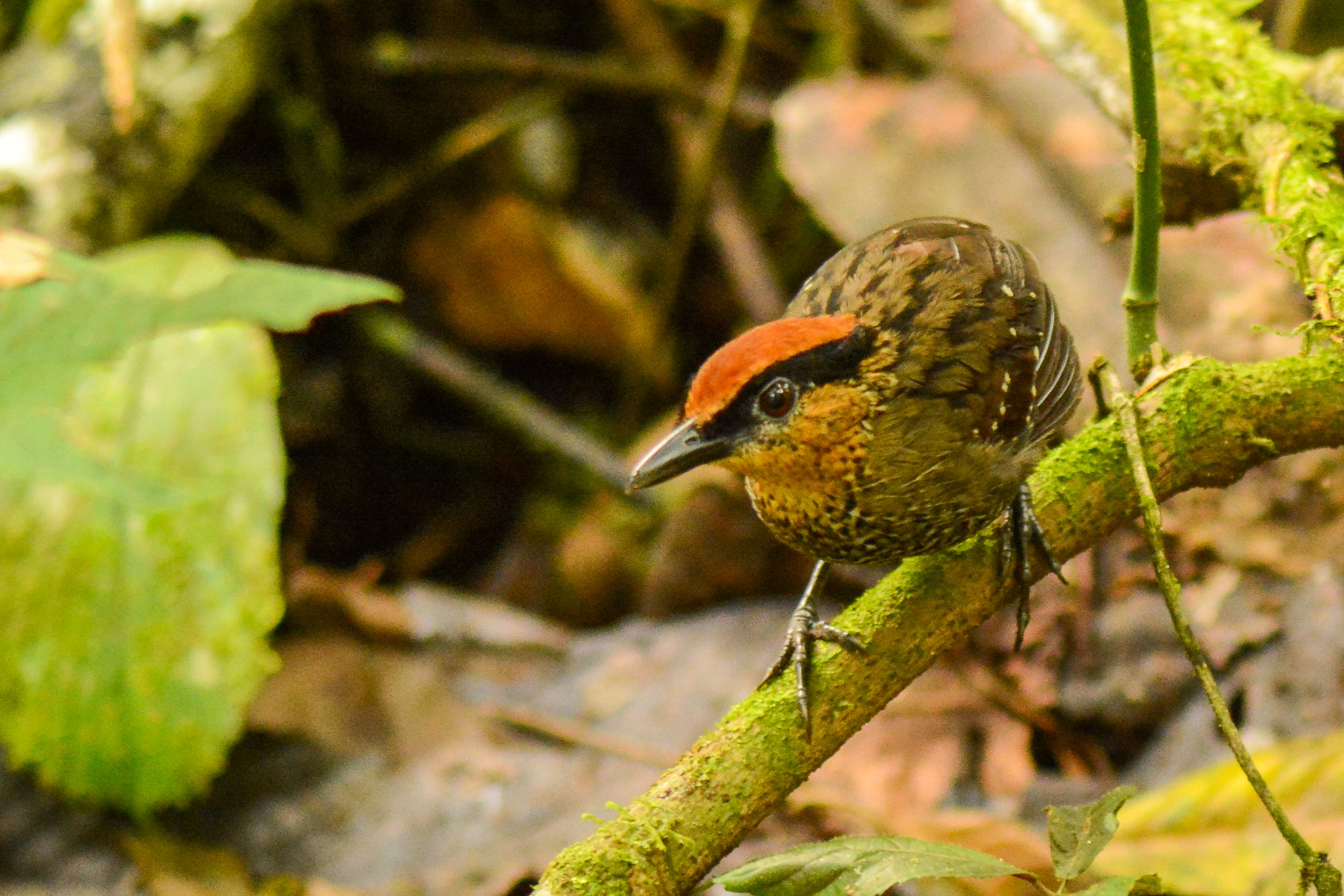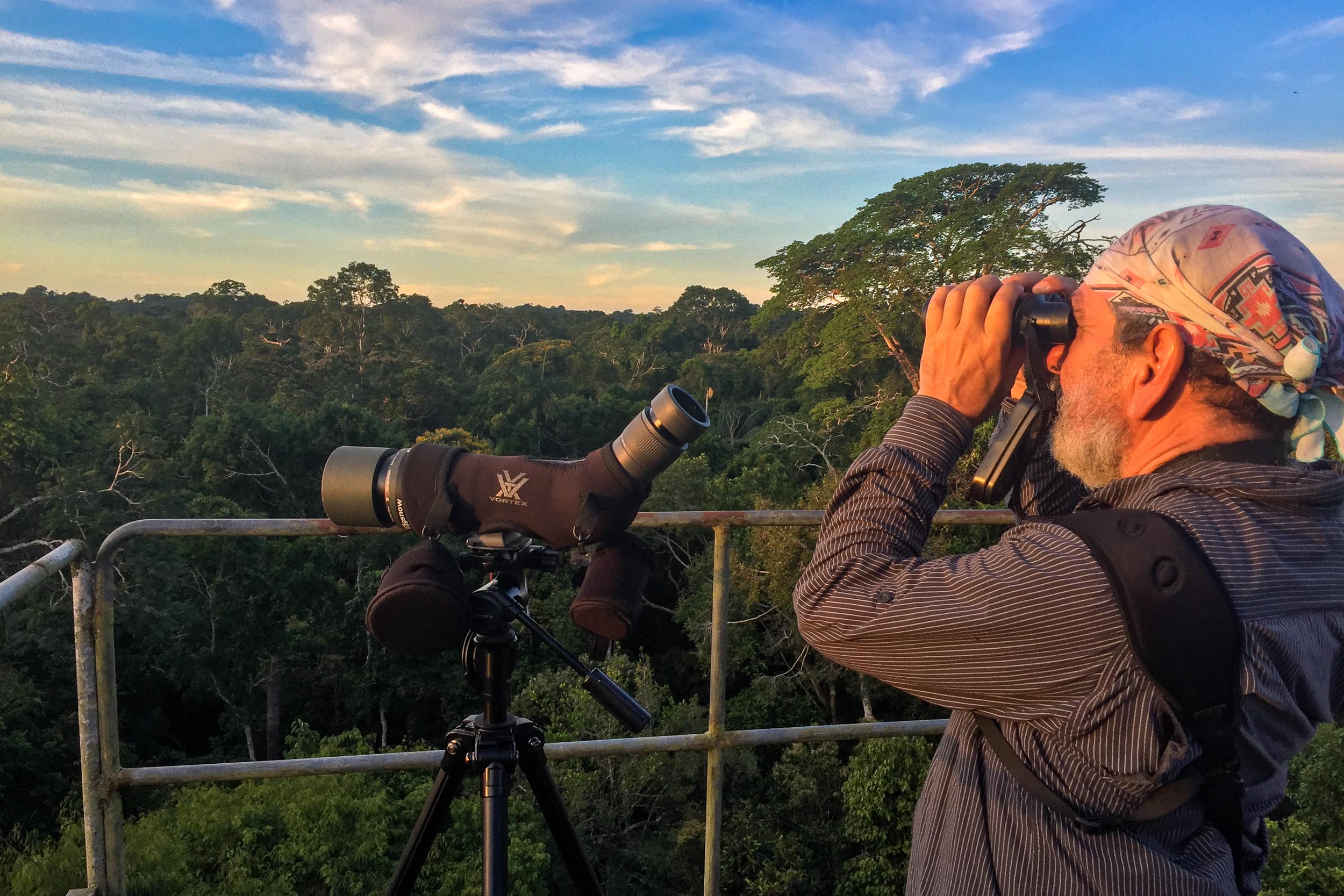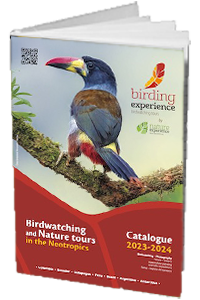Behind this unusual name lies a fascinating little bird from the Conopophagidae family. Discover more about it in an article from Neotropical Birding Magazine.
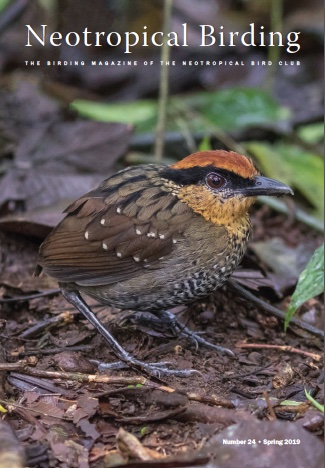
A unique classification
Previously classified in the antpitta family (Grallariidae), the Pittasoma genus is now firmly placed in the small family Conopophagidae. This New World family includes 11 bird species, divided into two genera, all found in tropical and subtropical forests, semi-humid woodlands, and bamboo forests in Central and South America.
The Black-crowned Antpitta, in particular, has the southernmost distribution of the two Pittasoma species. It is endemic to the Chocó bioregion (spanning from northwestern Colombia to southwestern Ecuador). Its range is relatively small and severely threatened by deforestation, making it especially vulnerable.

A stealthy insectivore
Like antpittas, gnateaters, antbirds, and other understory dwellers, the Black-crowned Antpitta is incredibly elusive. It forages for insects on the forest floor or a few meters above it, inspecting dense, vine-covered vegetation for its prey. The combination of dense vegetation, low light, and sparse populations makes these birds exceptionally hard to spot or photograph—an adventure in itself!

Plumage and behavior
With three recognized subspecies, this bird displays significant sexual and regional variations in its cryptic plumage. Despite its striking features, spotting it in the dense forest requires a great deal of skill; this is where local guides excel. These birds are more often heard than seen.
Both subspecies share a reddish crown (more pronounced in the nominate race), interrupted by a bold black eyebrow that extends to the nape. Their throats are ochre with slight black speckling, while the chest is broadly barred with pale and black stripes. Their mantle is subtly scaled, and the large wing coverts have a distinctive white terminal spot. Like many other understory insectivores, they have long legs, an upright posture, and a very short tail that can be almost entirely hidden by their wings. This posture aids them in foraging on the forest floor, where they use their strong, pointed beak to search for larvae, beetles, ants, and other invertebrates among the leaf litter.
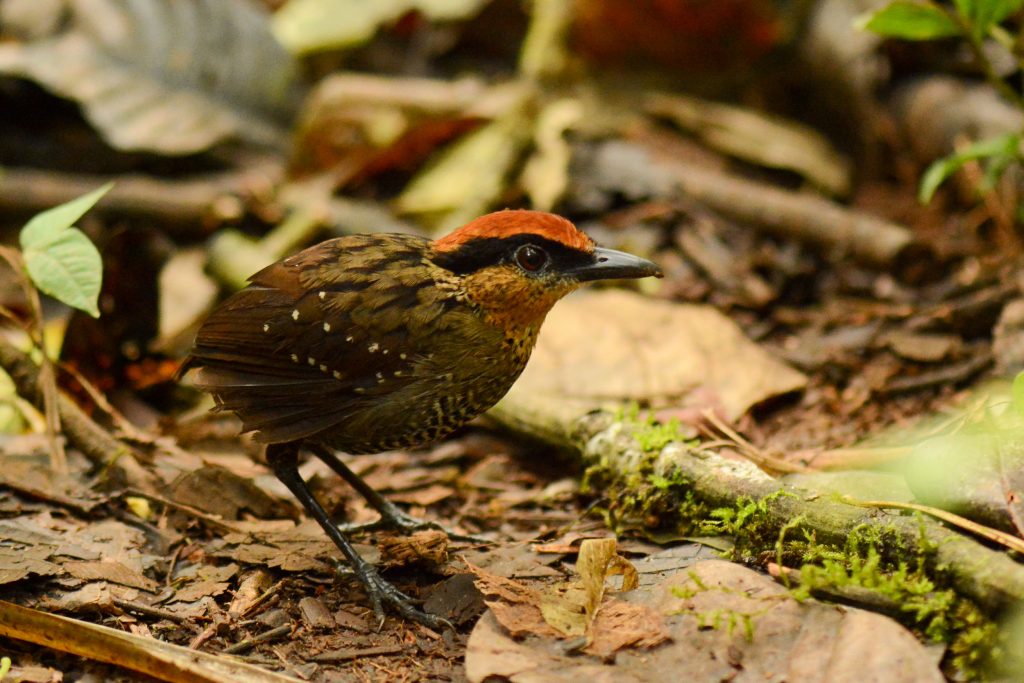
Conservation concerns
Currently listed as Near Threatened and considered vulnerable in some countries, the Black-crowned Antpitta faces continuous habitat degradation. More studies are needed to understand its reproduction, behavior, and feeding strategies.
A haven for observation: Mashpi Shungo Reserve
In the heart of Ecuador’s Chocó, the Mashpi Shungo Reserve is not just known for its organic artisanal chocolate (arguably the best in the country, according to this chocolate-loving guide!) but also as a hotspot for observing this elusive bird. Inspired by the techniques of Ángel Paz, reserve owner Alejandro Solano has managed to attract the typically shy Black-crowned Antpitta for visitors to observe and photograph daily. This effort is not just a delight for birdwatchers and photographers but also contributes valuable data for better understanding and protecting the species.
This initiative exemplifies responsible tourism, combining local development, scientific research, and conservation.

Nature Experience is proud to have contributed to the article on the famous “Shunguito,” the new star of the Mashpi Shungo Reserve.
You can download the full article here: Neotropical-Birding-24-BS1-MashpiShungo.pdf.
If you’re curious to experience this firsthand with our specialized birding guides, check out our tailored tours or contact one of our representatives.
By Xavier Amigo, your birding guide who also loves Mashpi Shungo’s chocolate
Related Links :
- Mashpi Shungo Reserve and its agro-reforestation chocolate project: mashpichocolate.com
- Neotropical Birding Club: www.neotropicalbirdclub.org
